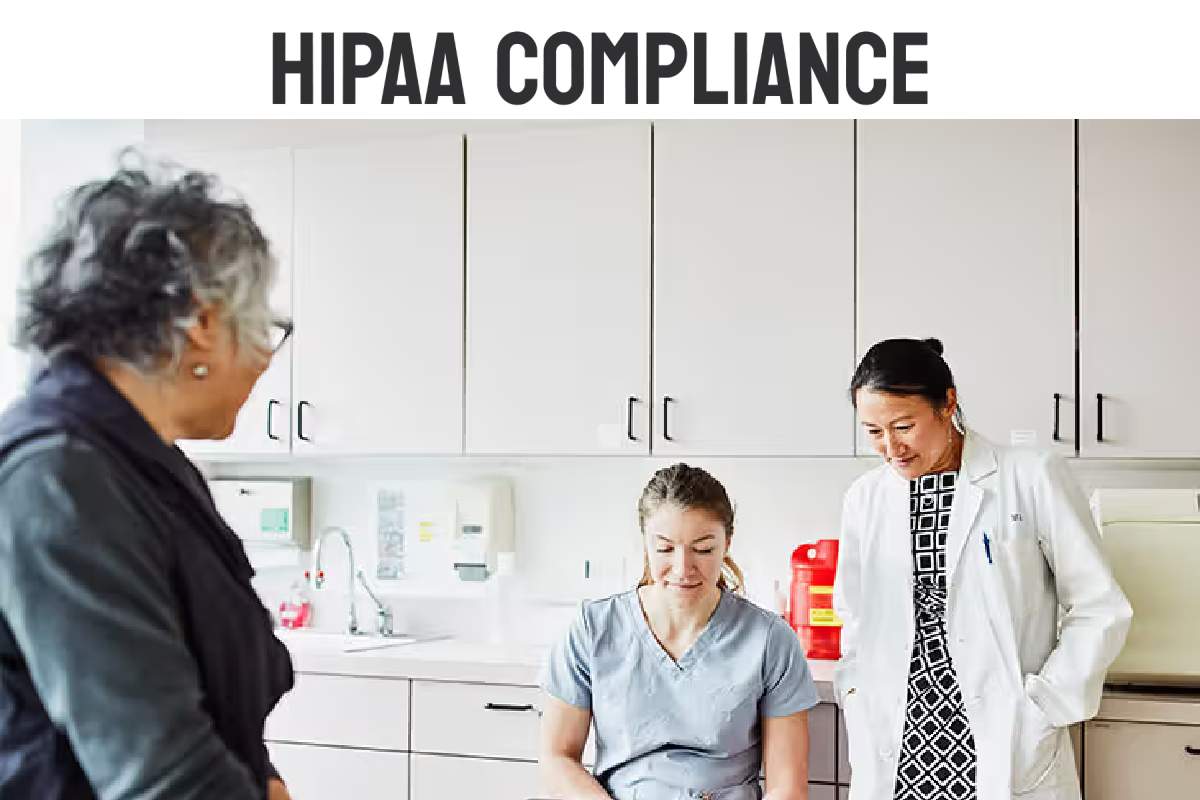
When it comes to communicating sensitive health information, maintaining confidentiality and security is paramount. The Health Insurance Portability and Accountability Act (HIPAA) sets the standard for protecting sensitive patient data, including when it is transferred via fax. While faxing may seem antiquated to some, it remains a staple in healthcare communication due to its perceived reliability and direct delivery. Transitioning to secure HIPAA fax services can augment these best practices. Upland offers a secure fax solution that helps healthcare providers stay compliant while streamlining communication. Understanding and adhering to HIPAA regulations when faxing is essential for healthcare providers to avoid legal repercussions and safeguard patient privacy.
Understanding HIPAA and Its Impact on Faxing Procedures
The Health Insurance Portability and Accountability Act (HIPAA) was enacted to ensure the confidentiality, integrity, and security of healthcare information. HIPAA’s privacy rule requires healthcare organizations to implement safeguards that protect the privacy of personal health information (PHI), including procedures that govern the transmission of PHI through fax. Given the potential for information breaches, this has had a considerable impact on how healthcare entities manage fax communications.
When considering these regulations, it becomes clear that every step of the faxing process must be scrutinized for possible leaks or breaches. This includes securing the fax machine itself, ensuring secure line connections, and confirming the recipient’s identity before transmission. Mistakes at any stage could jeopardize patient confidentiality and result in significant penalties for healthcare providers.
The Risks of Non-Compliance With HIPAA in Fax Communications
Alt text: Two healthcare providers review printed documents at a fax machine, underscoring the security risks of HIPAA fax non-compliance in clinical settings.
Failure to comply with HIPAA regulations in fax communications can lead to serious consequences for healthcare providers. Risks of non-compliance include hefty fines, which can reach upwards of tens of thousands of dollars per violation, with maximum penalties exceeding a million dollars for extensive breaches. Such fines place a significant financial burden on healthcare entities and can have long-term implications for their reputation and operational stability.
Beyond the immediate financial penalties, non-compliance can also result in civil and criminal charges. The Department of Health and Human Services (HHS) and the Office for Civil Rights (OCR) take violations seriously, and they have the power to enforce legal action against offending parties. Such proceedings can lead to further financial loss and potentially career-ending consequences for individuals found to be at fault.
The reputational damage from HIPAA violations should not be underestimated. When patients entrust their personal health information to providers, they expect confidentiality and security. Should a breach occur, the loss of trust can drive patients away and deter new clients, compounding the financial losses and harming the institution’s standing in the healthcare community.
Best Practices for Ensuring Fax Compliance Under HIPAA Regulations
Alt text: A healthcare worker sends medical documents through a fax machine in a hospital hallway, highlighting the importance of HIPAA fax best practices to protect patient data.
Ensuring HIPAA faxing compliance requires best practices to reduce the risk of unauthorized PHI disclosure. A clear protocol for sending and receiving faxes is essential, including verifying recipient details, using cover sheets with confidentiality notices, and placing fax machines in secure, monitored areas.
Audit controls are also critical. Providers should log each fax’s sender, recipient, date, and time, and regularly review logs to catch potential issues. Staff must be trained on HIPAA and faxing protocols, as human error often leads to breaches.
Organizations should also have policies for misdirected faxes. If a fax is sent to the wrong party, they must act quickly—notify the correct recipient, retrieve the fax, and document the breach per HIPAA rules. Secure fax services with encryption, access controls, and delivery confirmation can further protect PHI and help prevent violations.
Addressing the Challenges of Maintaining HIPAA Compliance in a Digital Age
The digital age brings both opportunities and challenges for maintaining HIPAA compliance in faxing. As healthcare providers adopt new technologies, they must ensure patient information remains secure through ongoing risk assessments and updated safeguards.
Healthcare institutions must balance the need for fast communication with protecting PHI. Since faxing is still widely used, digital solutions must meet HIPAA’s strict standards without sacrificing efficiency. Ongoing staff training is essential. As technologies evolve, healthcare workers must understand how to use them while maintaining compliance. Cybersecurity awareness should be part of every level of the organization.
With growing cyber threats, constant vigilance is vital. Healthcare providers must work closely with cybersecurity experts, vendors, and legal teams to ensure technology meets HIPAA requirements and defends against emerging risks.
Understanding the regulations, implementing best practices, utilizing technological solutions, and addressing the challenges of the digital age are all essential components in protecting patient information. By prioritizing these measures, healthcare providers can fulfill their obligations to patient privacy and avoid the substantial repercussions associated with HIPAA non-compliance.